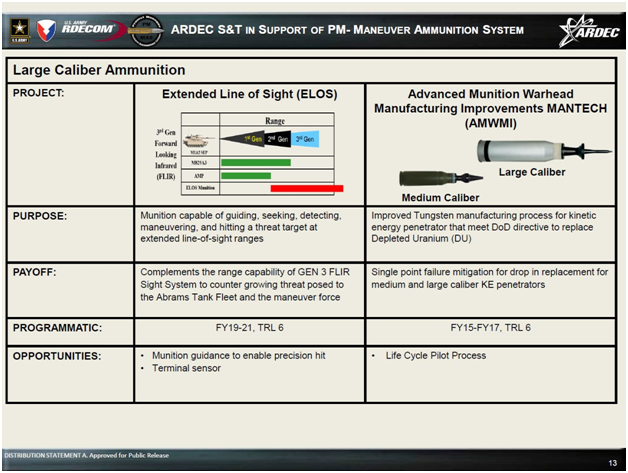- Joined
- 19 July 2016
- Messages
- 4,046
- Reaction score
- 3,092
No and I've never heard of the phrase "55 calibre" weapon being used in that manner either. I am though, now an old git and It is the ever constant fasct that language use changes. I sometimes wonder about the line from a Trek film, "Could it be, that we have grown so old, so inflexible as to constitute a joke"? I hope not but I do like accuracy.



